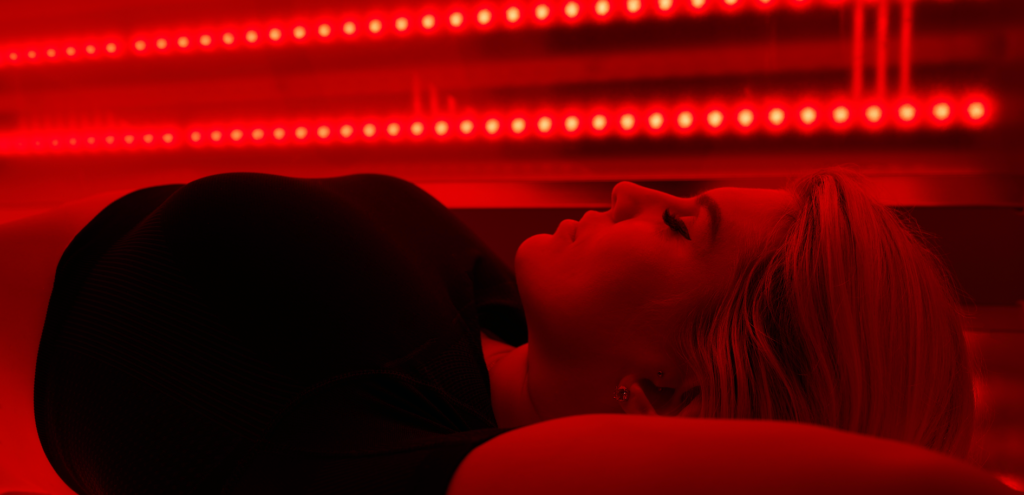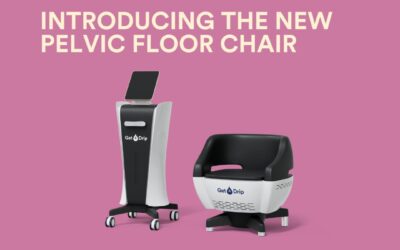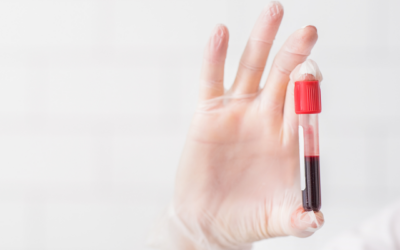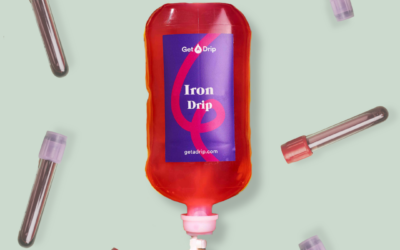
Some of you may have already tried Red Light Therapy, or have seen it plastered all over Instagram as It’s a hot topic at the moment amongst influencers. What if we told you there was a step up from that? Say hello to Photobiomodulation! Read on to find out more about our brand new offering at our Canary Wharf & King’s Road clinic.
Photobiomodulation Therapy (PBM), is a therapeutic, non-invasive treatment that uses low wavelength red light that exposes you to low levels of red and near-infrared light. In order for our bodies to carry out cellular processes, and to produce a biochemical effect to create energy, our bodies need sunlight. However, sunlight produces Ultraviolet (UV) waves that can be damaging to our bodies and can result in long-term illness. PBM Therapy is a great alternative as it is similar to the light your body receives from natural sunlight, however, it omits the harmful UV rays that cause sun damage.
Omitting harmful UV rays is just one of the many benefits from Photobiomodulation. PBM treatment supports the stimulation of electrons that are involved in the mitochondria during cellular respiration. In doing so, it helps to eliminate nitric oxide (NO), which is a harmful roadblock of energy (ATP) production. The photons that are released during PBM therapy stimulate electrons that support the breakup of nitric oxide bonds, resulting in hydrogen ions being able to move through this process more effectively creating greater levels of ATP energy that power your cells and body.
As you may have noticed in recent years, Red Light Therapy has broken into the beauty industry with Red Light Therapy masks that have flooded Instagram. Comparatively, our PBM Therapy bed offers full body exposure that can aid you from the inside-out! With more effective production of ATP energy, our cells experience a more rapid turnover rate which can aid in the appearance of acne, age spots and facial texture. PBM also stimulates the production of collagen, which gives skin its structure, strength and elasticity which can help reduce the appearance of wrinkles and can reduce the size of stretch marks. Due to the skin healing properties, PBM therapy can be beneficial to those who have psoriasis, rosacea and eczema.
What are some other differences between Red Light Therapy and PBM? One of the most important things to note is that Photobiomodulation is an umbrella term that Red Light Therapy fits under. Within Photobiomodulation there is: Laser, Deep Tissue Laser, LED Light and Red Therapy Light. Due to the fact that PBM uses longer wavelengths, PBM therapy is completely customisable with a controlled dial to determine the efficacy of red and near-infrared light to suit every person’s desired results. When combining higher power with longer wavelengths, it allows the wavelengths to go deeper into the body whereas Red Light Therapy focuses primarily on outer skin.
Not only does it aid external features, but Photobiomodulation Therapy also supports us internally. With wavelengths that expand to approximately 1.2 inches (3 centimetres), it allows the light to be absorbed much deeper into muscles and connective tissue. In doing so, it increases blood flow and circulation in your muscles which aids in reduction of inflammation which can support muscle recovery, build muscle and enhance physical performance.
Due to its non-invasive nature (unlike UV rays), there is no limit to how often you can receive PBM treatment. Sessions last 22 minutes with one light exposure setting. We recommend receiving PBM 3-4 times a week up to 4 months.
To find out more or to book your Photobiomodulation session at our Canary Wharf clinic, click here or to book at our King’s Road location, click here!


